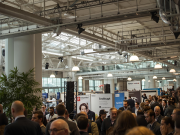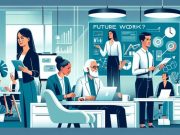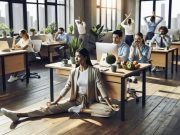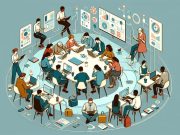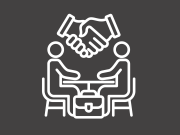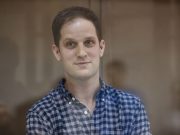The Evolution of Employer Branding: Navigating the Shifting Landscape of Work Culture and Identity
In an era where the battle for top talent is fiercer than ever, employer branding has emerged as a pivotal strategy for companies of all sizes and industries. No longer is it enough for businesses to solely focus on their customer-facing brand image; the magnetism of a company as a place of employment is equally critical to its success. This is not just about remuneration or benefits—it’s about cultivating an identity that resonates with present and future employees, creating a workplace that is both inclusive and conducive to professional growth.
As a female leader and digital transformation expert, I have observed firsthand how the digital era has disrupted traditional branding frameworks, prompting a need for more dynamic, inclusive, and socially aware employer branding tactics. The rise of remote work and digital platforms has necessitated a fundamental change in the way companies communicate their culture and values. These shifts are not mere trends but signals of a deeper transformation in the very essence of workplace culture and identity.
In this blog post, we shall delve into the critical role employer branding plays in the modern workplace. We will evaluate how digital trends have transformed brand-building strategies and explore the ways an authentic employer brand can attract a diverse and ambitious workforce. Furthermore, we will analyze the impact of these branding efforts on company culture, employee engagement, and the bottom line. Interviews with successful leaders and case studies will offer insights into this evolving landscape, underpinning actionable tips for those ready to steer their companies towards a brighter, more inclusive future.
Firstly, let’s acknowledge that digital transformation has expanded the reach and mechanisms of employer branding. Social media, company websites, and online job platforms have become digital billboards showcasing company culture and values. The narrative constructed on these platforms substantially influences a potential candidate’s perception of the company before they even step through the door—or in the case of remote work, log into the virtual workspace.
In this context, diversity and inclusion are not just buzzwords but essential components of any forward-thinking employer brand. A commitment to a diverse workforce goes beyond mere representation; it is about creating an environment where different ideas and perspectives are valued and leveraged for greater innovation and decision-making. Taking this commitment online, companies can utilize their digital presence to showcase their initiatives, from employee resource groups to community outreach programs, thereby appealing to a demographic that prioritizes inclusivity.
Case in point, a leading tech corporation revamped its employer branding by being transparent about its diversity statistics and setting clear targets for improvement. The company’s consistent updates and genuine dialogues on diversity-related challenges and progress have been key in attracting talent that shares these values.
However, an authentic employer brand cannot be built overnight. It requires a deep understanding of the company’s mission, vision, and the unique proposition it offers to employees. This is particularly true for companies navigating the shift to remote work, which has redefined the meaning of workplace culture. Without a physical office space to serve as the nucleus of company culture, businesses must find novel ways to foster connection and a sense of belonging among their remote workforces. Virtual team-building events, remote wellness programs, and digital collaboration tools are vital in this regard.
Furthermore, the practice of storytelling can be powerfully harnessed to convey a company’s culture and values, exemplified by an organization that regularly publishes employee stories and testimonials on its career page. This authentic glimpse into the day-to-day experiences of employees serves as a testament to the company’s commitment to its values and people, thereby strengthening its employer brand.
Finally, it is essential to understand that employer branding is not a static process. It requires continuous engagement and adaptation to align with the evolving aspirations of the workforce. Companies that listen to their employees, adapt to changing circumstances, and transparently communicate these changes, position themselves to not only attract but also retain the best talent. Such strategic branding efforts directly contribute to a positive company culture, enhanced employee engagement, and a strong employer brand that is palpable both internally and externally—ultimately influencing the bottom line with higher retention rates and reduced recruitment costs.
In conclusion, as companies vie for the attention of top talent, those that prioritize an authentic, inclusive, and adaptable employer brand stand at the forefront of success. By embracing the digital landscape, maintaining a focus on diversity and inclusion, and championing transparency and continuous improvement, companies can create a workplace where employees thrive and business flourishes. As we look to the future, employer branding will remain a critical navigational tool in the ever-evolving work culture landscape, a beacon that not only attracts talent but molds the identity of the modern workplace itself.

